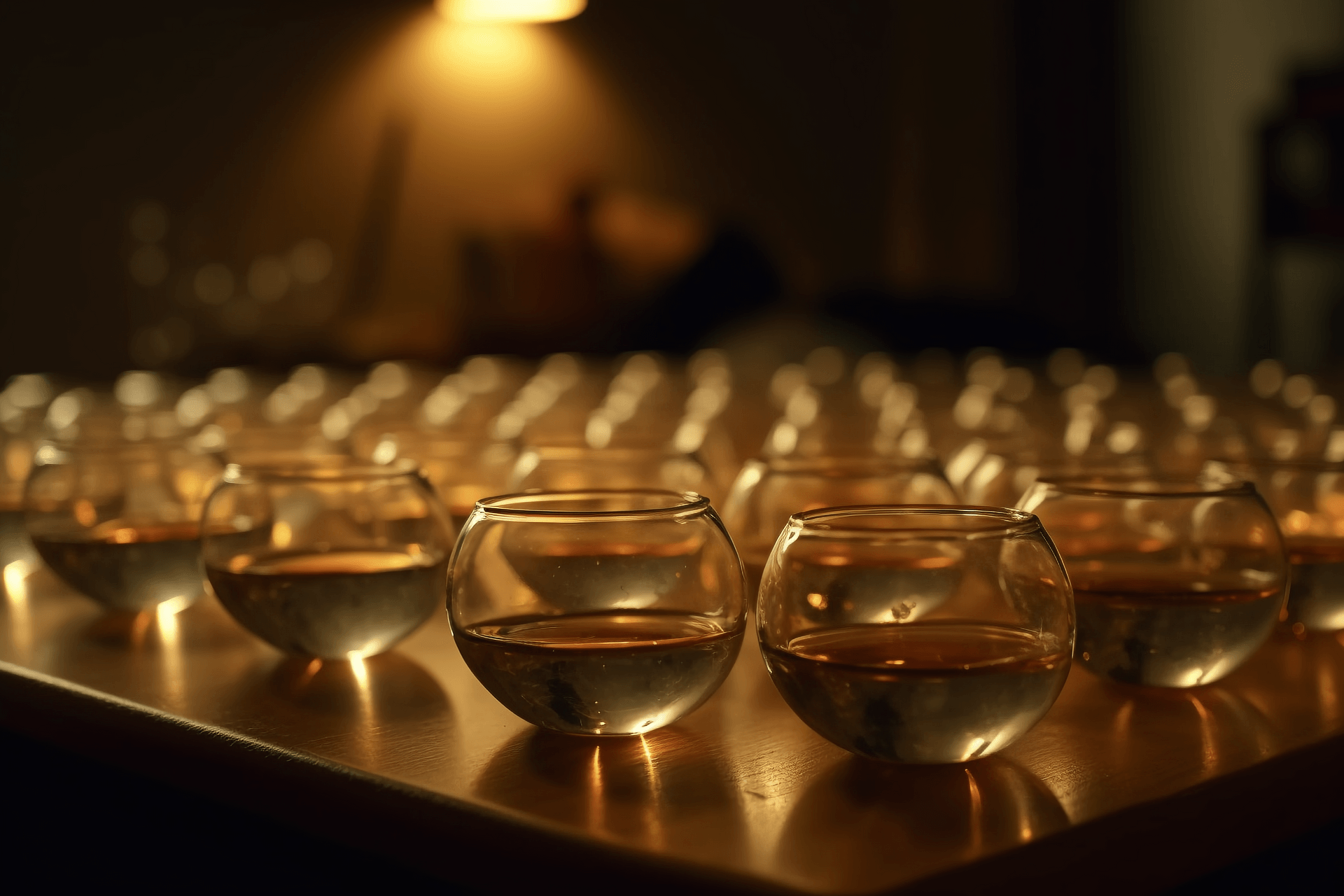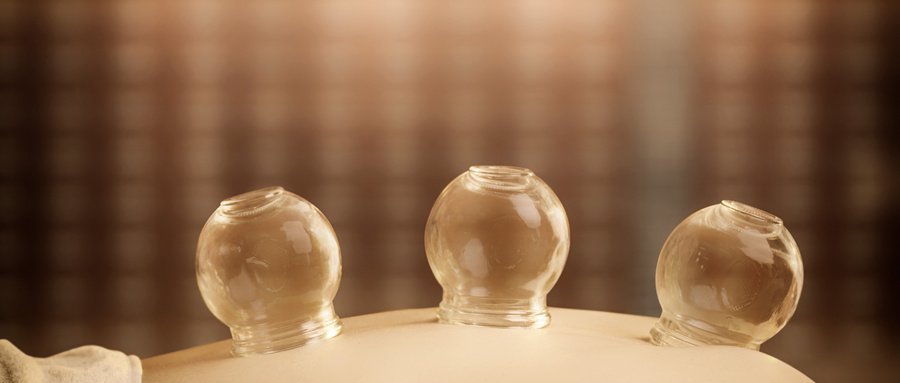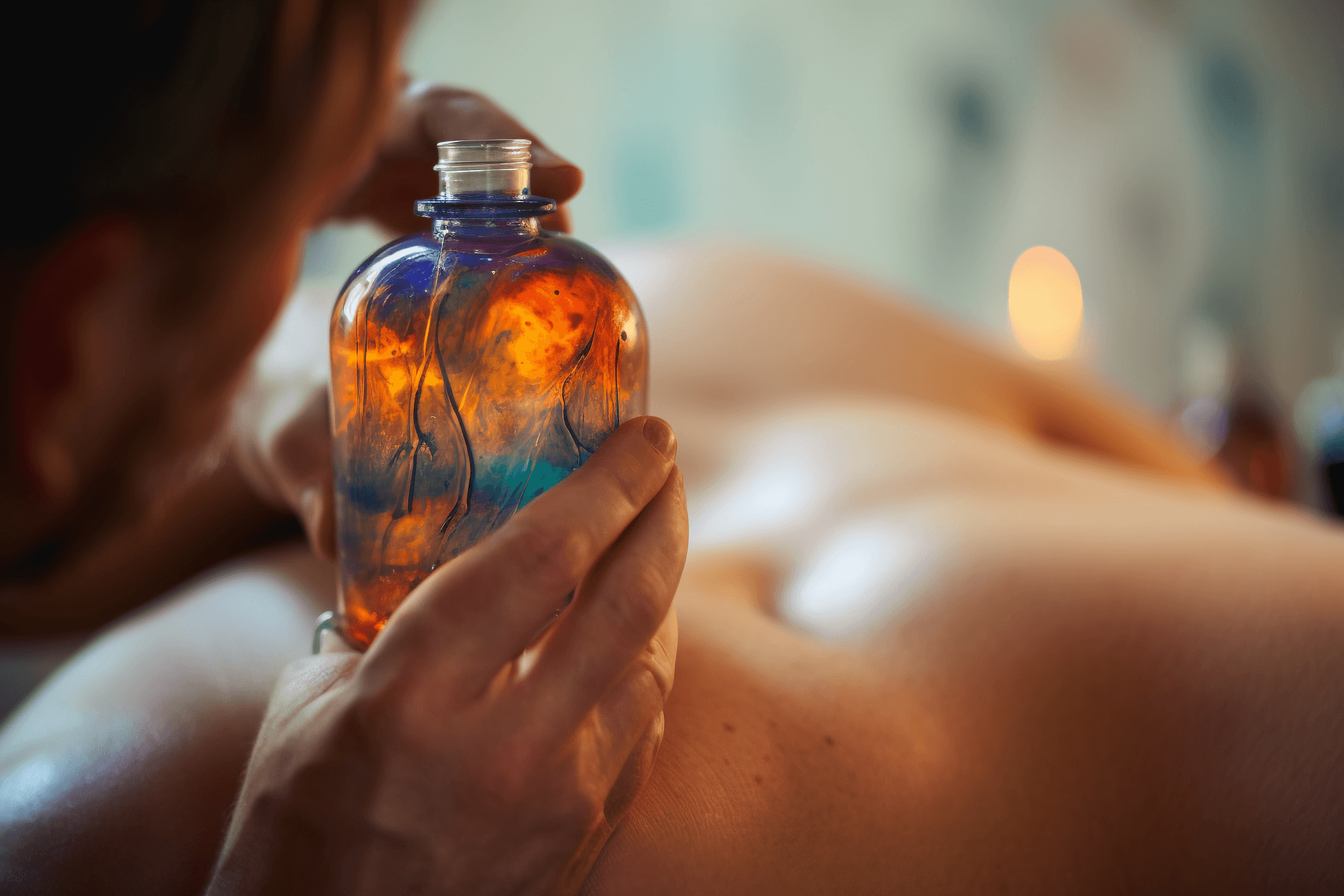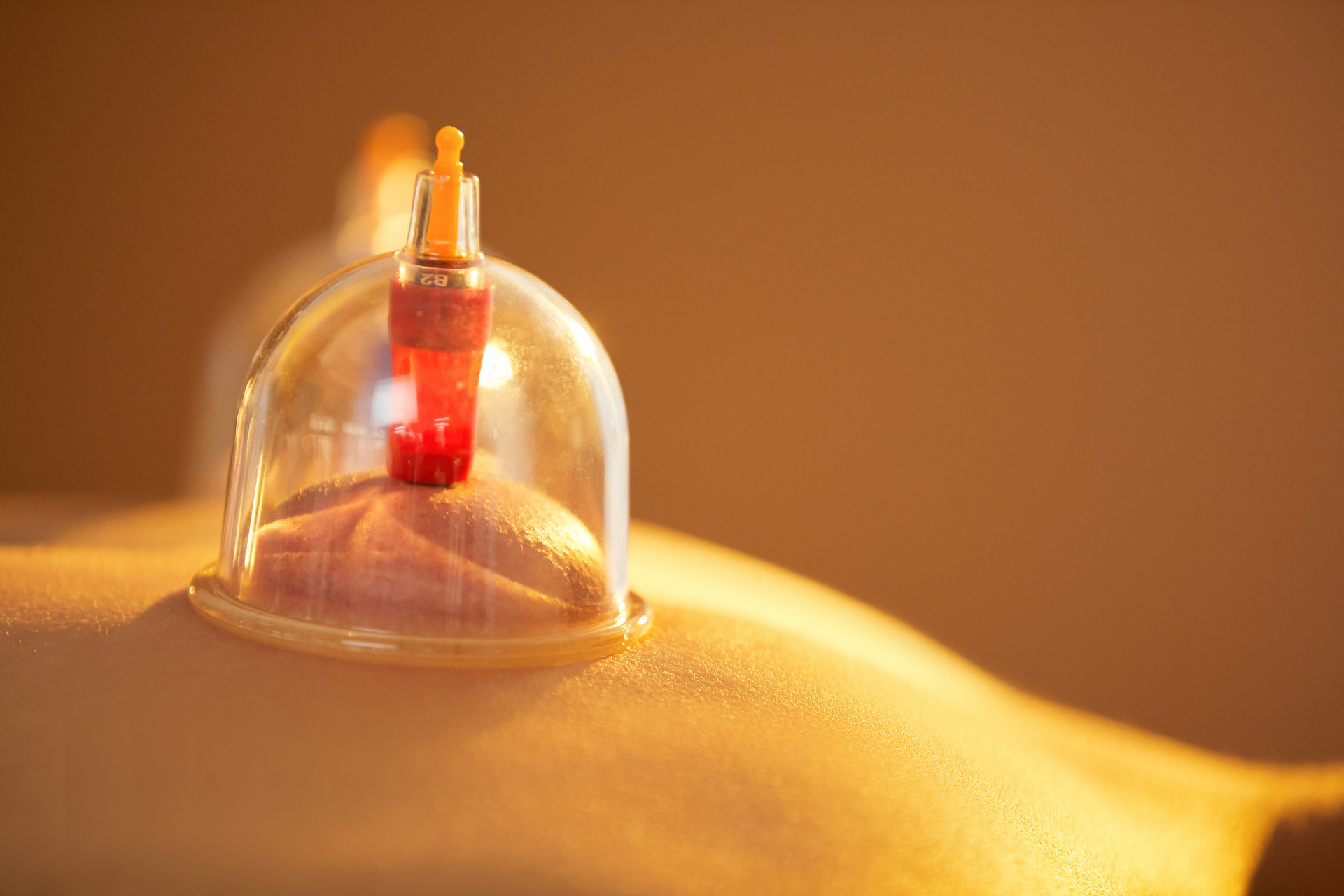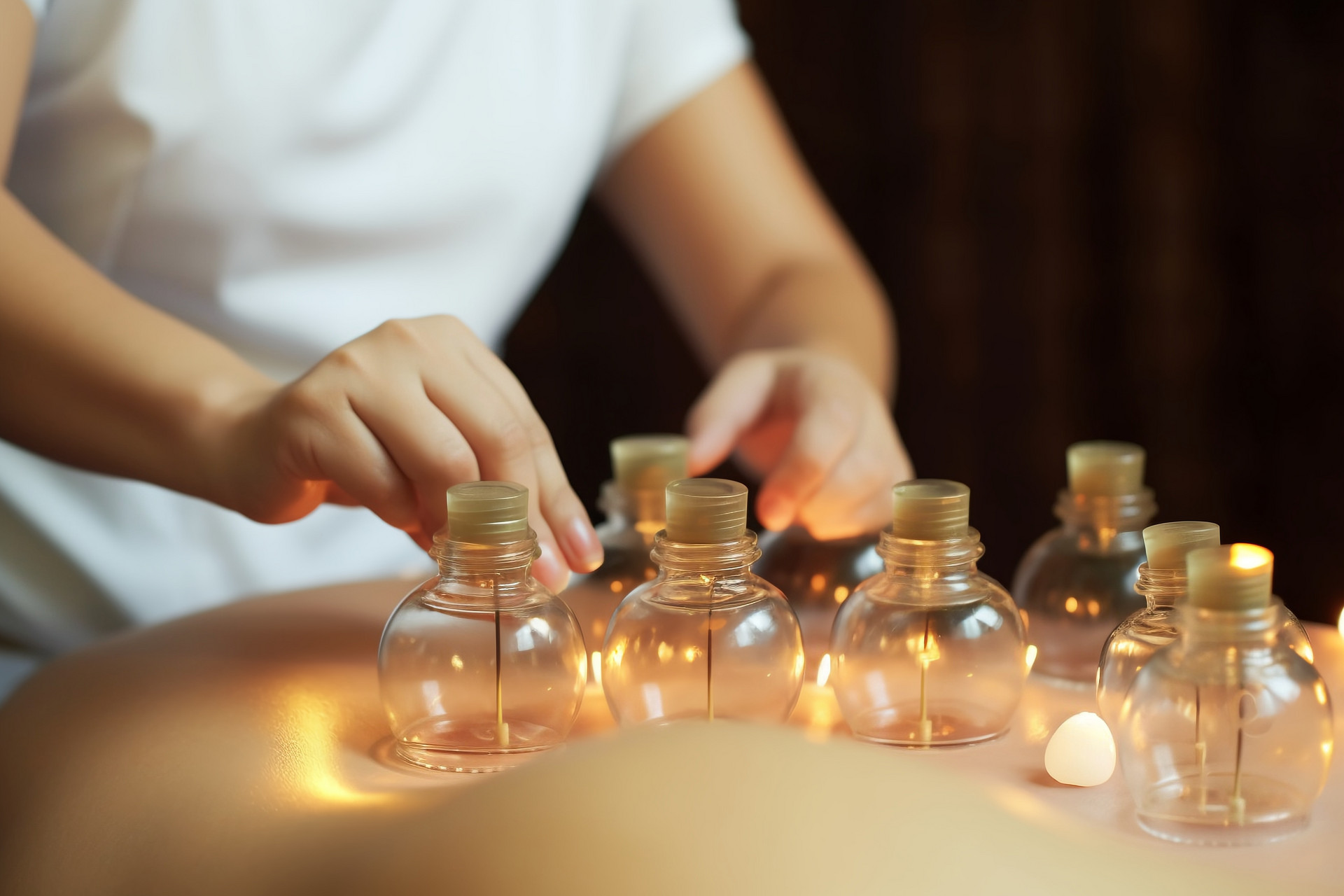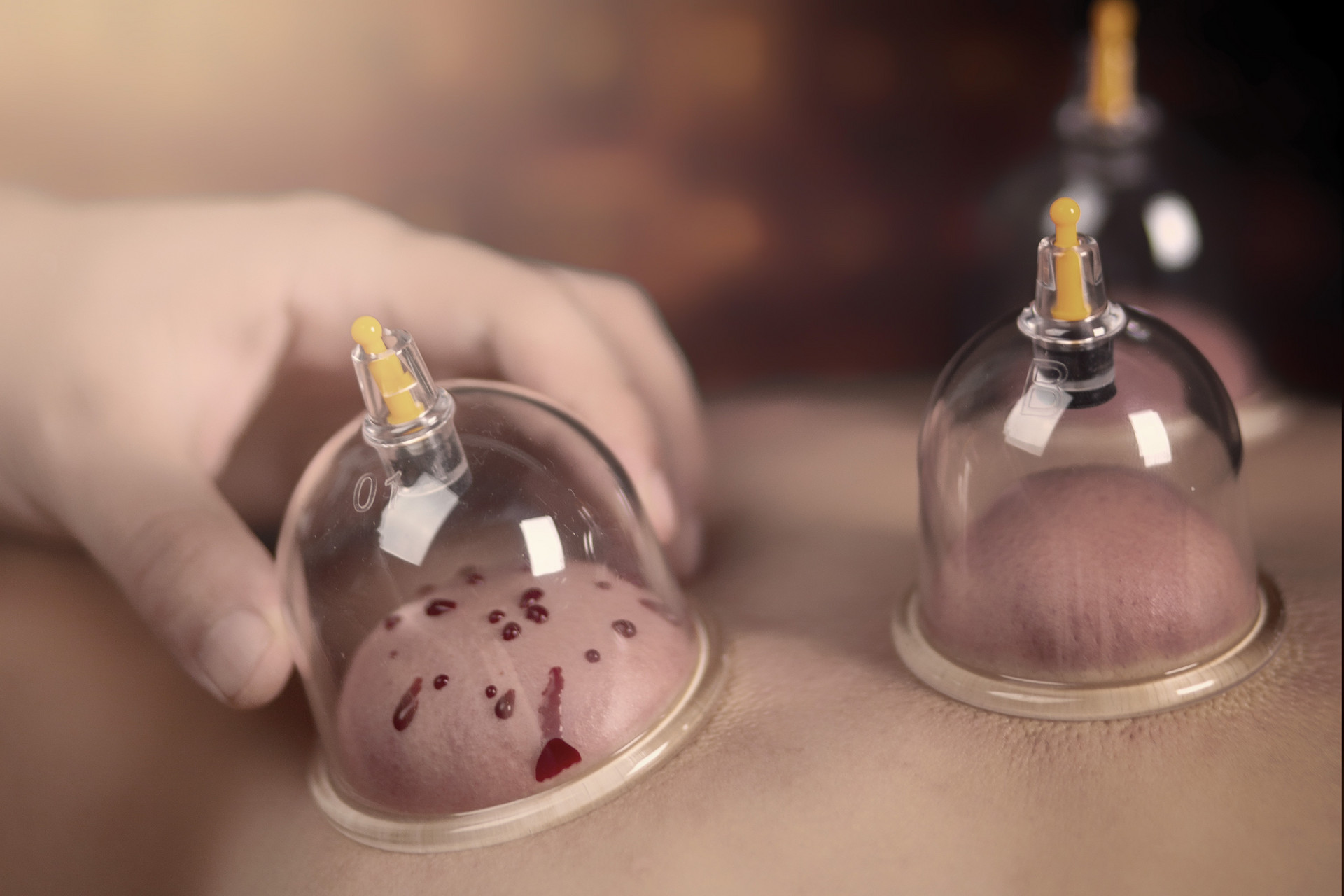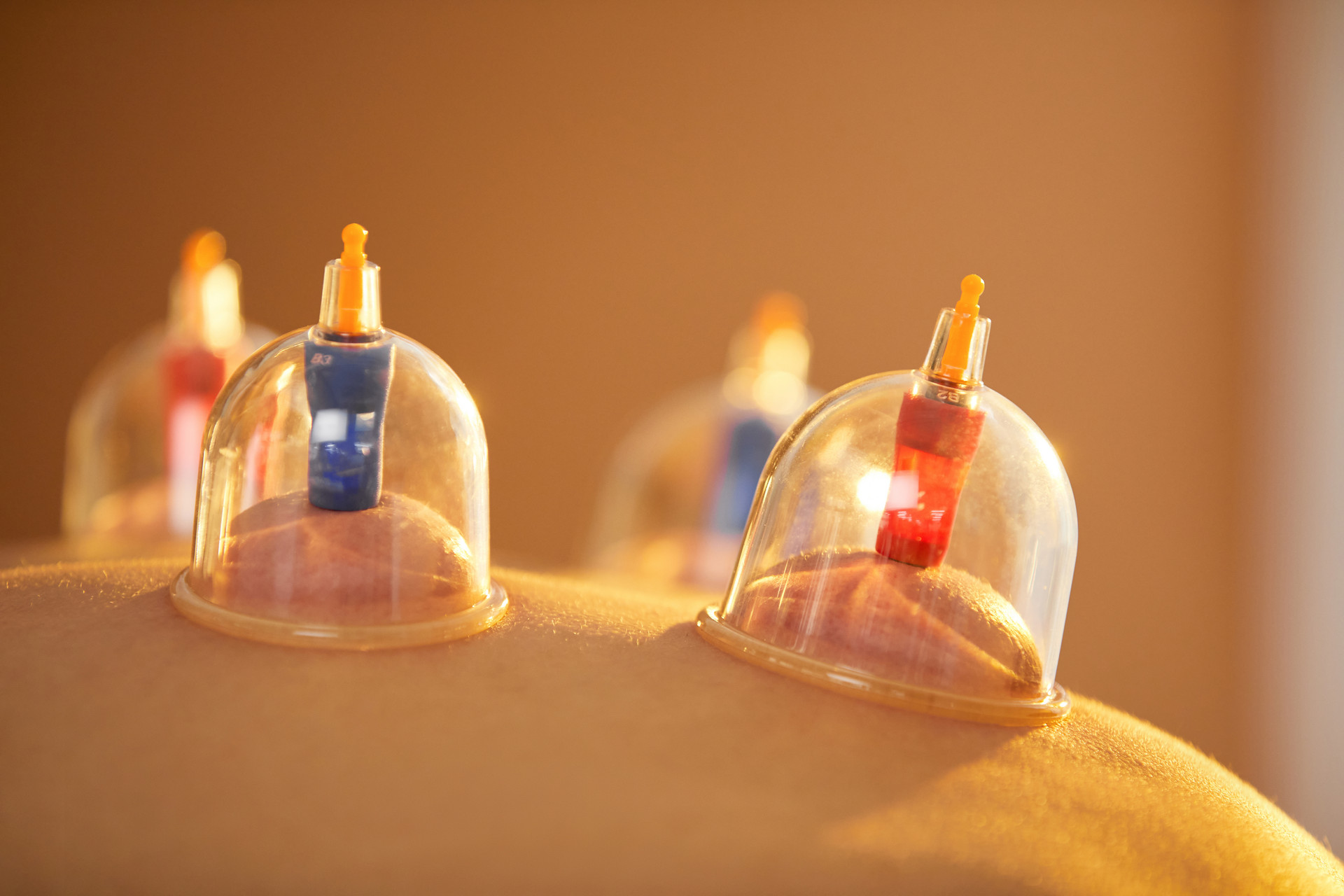(1) Prepare materials: two glass fire cups (one spare), choose the appropriate size according to the location, a pair of tweezers, a small bottle of 95% alcohol (with a wide mouth), a bottle of cotton balls, a box of matches, a new towel, a bar of soap, and a basin.
(2) Preoperative examination: examine the condition, confirm the diagnosis, and determine if it is suitable. Check the location for cupping and the patient's position to ensure suitability. Check if the rim of the cup is smooth and if there are any chips or cracks.
(3) Procedure: first, use a clean towel dipped in hot water to cleanse the cupping area, then use the tweezers to hold the cotton ball and slightly dip it in alcohol. Light the match and use the "door fire method" to quickly flash the flame into the glass fire cup, then swiftly place the cup onto the skin.
(4) Duration of cupping: in the past, cupping was often left on for a longer period of time, ranging from 10 minutes to over 30 minutes. However, leaving the cups on for too long can cause severe local discoloration and congestion, making absorption difficult. Therefore, nowadays, the duration of cupping has generally been shortened. It is more appropriate to consider a duration of 3 to 6 minutes based on the superficial capillary oozing of blood, reflecting the strength of the body.
Practical experience has shown that short-term cupping has more benefits than long-term cupping. Severe congestion can be reduced to slight oozing or congestion, facilitating absorption and enhancing resistance against diseases. It does not leave scars and prevents excessive suction, which can cause blistering and infection. Although the duration is short, the therapeutic effect is higher.
(5) Removing the cups: gently press the cups with the left hand and tilt them to the left. Use the index and middle fingers of the right hand to press lightly on the muscles near the tilted cup's rim. Press down gently to create a gap and allow air to enter, causing the suction to disappear and the cup to naturally fall off.
(6) Adjusting the flame intensity: it is also important to control the flame intensity. More alcohol and a stronger flame result in greater suction force, while less alcohol and a weaker flame result in weaker suction force. The speed of tapping the cups also affects the suction force, with faster tapping resulting in greater suction and slower tapping resulting in weaker suction. These factors can be adjusted temporarily as needed.
(7) Interval between sessions: the interval can be determined based on the condition. Generally, for chronic diseases or when the condition improves, cupping can be done every other day. For acute conditions, such as high fever, acute rheumatism, or acute gastroenteritis, cupping can be done once or twice a day, or even up to three times, without excessive cupping duration.
(8) Treatment course: a standard treatment course consists of 12 sessions. If necessary, additional courses can be continued.
(9) Locations: cupping can be done on the shoulder, chest, back, waist, buttocks, rib cage, as well as the cervical spine, ankle, and gastrocnemius muscle where there is abundant muscle and fewer blood vessels. Additionally, cupping can be applied to 1-2 fire cups, or 4-6, or even 10 glass fire cups, depending on the condition and the range of pain.


